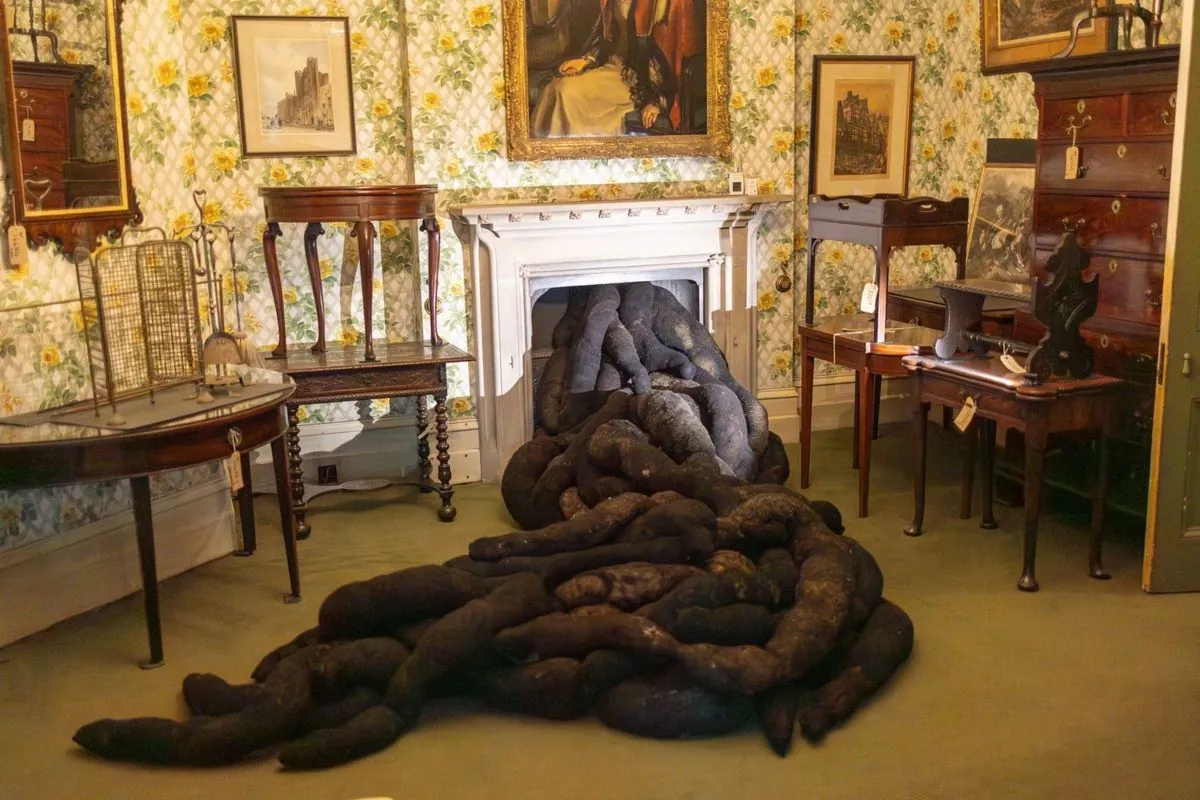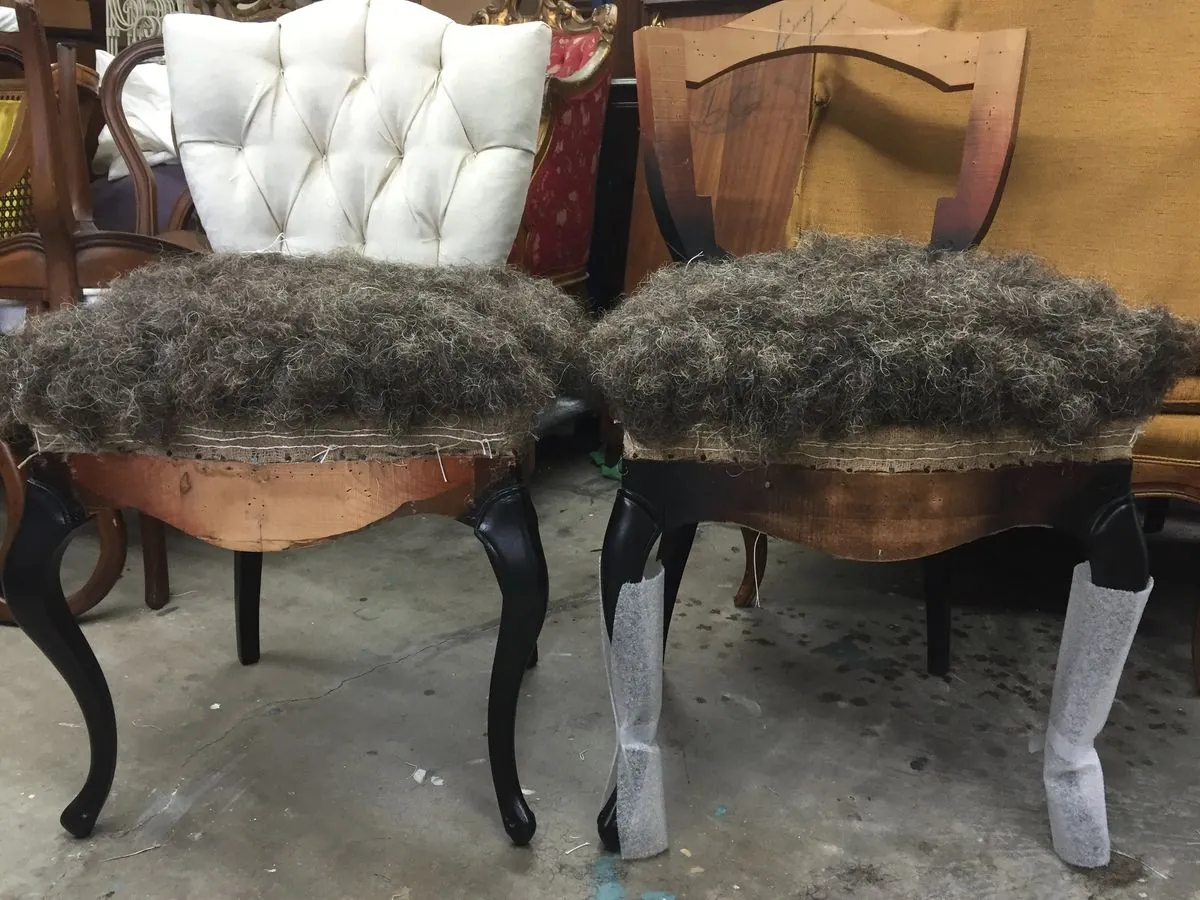National Trust's Controversial Art Display Sparks Debate at Historic Tyntesfield
An unconventional art installation at Tyntesfield House has ignited public discussion. The National Trust defends the exhibit, which uses organic materials to explore the property's rich history.

The National Trust has found itself at the center of a heated debate over an art installation at Tyntesfield House in Somerset. The exhibit, titled "The Uninvited Guest from the Unremembered Past," has elicited strong reactions from visitors and online commentators alike.
Created by artist Nicola Turner, the installation features coils of organic matter woven throughout the Grade I-listed property. Turner's work, inspired by Tyntesfield's vast collection of over 70,000 objects, incorporates furniture legs, wool, and horsehair to create thought-provoking pieces that wind their way around the house.

The artist explained her inspiration, stating, "I have been fascinated by seeing the broken items previously owned by the Gibbs Family and in-store at Tyntesfield. The glimpses beneath the tears in the fabric, the stuffing breaking free, the bowels of the furniture, the layers of materials."
However, the exhibition has sparked controversy, with some visitors expressing strong disapproval. One piece, located in a fireplace, has been particularly divisive, drawing comparisons to excrement. Social media comments have ranged from bewilderment to outright criticism, with some questioning the appropriateness of the installation in a heritage site.
Despite the backlash, the National Trust stands by its decision to host the exhibition. A spokesperson for the organization stated, "Throughout the house, Turner has created a series of evocative installations made from organic materials, such as wool and horsehair. These materials hold traces of memory, exploring ways of listening to past, present and future, inviting us to reflect on Tyntesfield's history."
It's worth noting that Tyntesfield House itself has a fascinating history. Built in the 1830s and extensively remodeled in the 1860s, the Victorian Gothic Revival house was purchased by William Gibbs in 1844. Gibbs made his fortune importing guano as fertilizer, a fact that has not been lost on some commentators who drew parallels between the artwork and the source of the family's wealth.
The National Trust acquired Tyntesfield in 2002, preserving one of the largest collections of Victorian decorative arts in the country. The property boasts over 60,000 objects, a private chapel considered a masterpiece of Gothic Revival architecture, and 540 acres of gardens including formal terraces, an arboretum, and kitchen gardens.
While some visitors have expressed disappointment with the exhibition, others have found it thought-provoking and visually stunning. One supporter commented, "It adds something to a staid Victorian environment that provokes thought and is visually stunning. It is not permanently damaging anything, but temporarily opening a window on some different perspectives."
The exhibition, which allows visitors to explore spaces not normally open to the public, including bedrooms and storerooms, will remain on display until November 3, 2024. Entry is included in the standard admission fee, offering visitors a unique opportunity to experience Tyntesfield's rich history through a contemporary lens.
As the debate continues, it's clear that this unconventional approach to showcasing Tyntesfield's heritage has succeeded in sparking conversation and encouraging visitors to view the historic property from a new perspective.


































